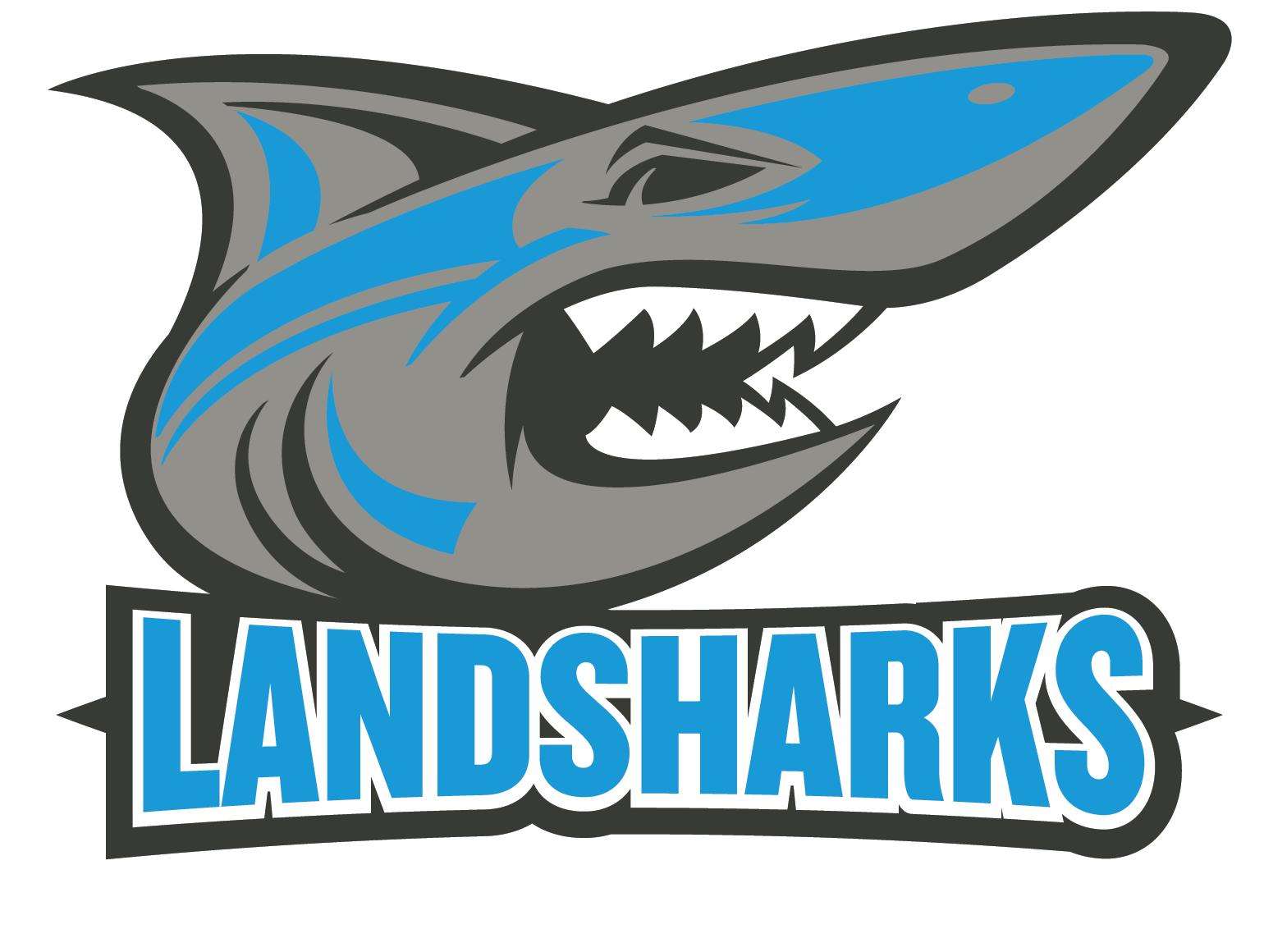Brain Targeted Teaching for Coaches: Evaluating Learning

Introduction
In 2012, Dr. Mariale Hardiman published a book entitled “The Brain Targeted Teaching Model for 21st Century Schools.” Dr. Hardiman and her team of researchers at Johns Hopkins University spent several years conducting and reviewing neuroscience research on how children’s brains function in the learning environment. From this research, Dr. Hardiman and her team constructed a model for classroom teaching that is based on scientific evidence of the best practices in teaching and learning. Brain Targeted Teaching® is based on six “targets” that educators should strive to address when preparing and delivering units, lessons, etc. The targets are as follows:
- Target 1: Establishing the Emotional Climate for Learning
- Target 2: Creating the Physical Learning Environment
- Target 3: Designing the Learning Experience
- Target 4: Teaching for Mastery of Content, Skills and Concepts
- Target 5: Teaching for Extension and Application of Knowledge
- Target 6: Evaluating Learning
Earlier this year, US Lacrosse was invited to participate in a roundtable discussion at The Center for Transformative Teaching and Learning. Our Education and Training staff was so intrigued by Dr. Hardiman’s model, that we immediately recognized its’ potential impact on the lacrosse community and were compelled to dissect it and rebuild it into a model for lacrosse coaches everywhere. We call it Brain Targeted Teaching for Coaches®.
Target 6: Evaluating Learning
Scenario: How do you determine when an athlete “got it” and has achieved mastery level of a skill or concept? Perhaps more important, how do your athletes know they “got it?” As coaches we are constantly evaluating athletes either formally or informally. They real key for an evaluation contributing to learning comes in what we do with the information we gain from the evaluations. In coaching we typically refer to this as Error Detection and Correction.
Coaching Implications: Evaluation is an ongoing process to provide guidance for the coach and athlete to assess progress and continually improve instruction. Assessments provide feedback that informs and motivates, while enhancing the memory for material in specific ways. Coaches must use evaluation beyond the scoreboard to determine how athletes or teams are progressing while Teaching for Mastery.
Strategies for Implementing Teaching for Extension and Application :
1. Frequent and Timely Feedback
Frequent and timely should not be confused with “constant” when it comes to feedback. As discussed in Target 4, there needs to be some time for the athlete to struggle for maximizing the learning of the new skill or concept. The feedback that is given should include a “how” to do something, as well as a “why.” Once the athlete understands “why” the “how” becomes more apparent to them. Scaffolding is one technique to use when providing feedback. The concept of scaffolding entails the coach giving hints to the athlete as they are learning a new skill, but not the complete solution. These hints may come in the form of a question, such as “Where does your top hand need to be placed to pass more effectively?” This engages the athlete on a cerebral level, as opposed to just directing them to move their top hand to a specific location.
2. Multiple Assessments
Many coaches will use some form of an evaluation tool at the beginning of the season. At the higher levels of play, this assessment may be used to determine an athletes position on the depth chart or even if they make the team. For the sake of this exercise, let’s assume that we are working with athletes who have “made the team” for one reason or another. Best practices in coaching tell us that the “eyeball” test of determining if a kid is good or not is anecdotal evidence at best of his/her abilities. To really target and increase learning, an early or pre-season evaluation should be conducted using some form of standardized evaluation form (a rubric). This gives us a baseline of the athletes abilities based on a standardized set of criteria. We can then use this as roadmap to create a plan for developing each athlete base on their individual strengths and weaknesses. At the midpoint of the season, it may be useful to evaluate the athlete against the same criteria again. This will give us indicators on whether or not he/she is improving. We can course correct as necessary for the individual as well, depending on how this second evaluation works out. Finally, an end of or post-season evaluation should be conducted, again using the criteria established early on. This final evaluation gives us great insight to what the athlete learned over the course of the season and establishes a Portfolio of sorts that can then be passed along to coaches at the next level of play and used to establish an off-season plan to help the athlete come back into the next season at a higher level.
This all makes sense if we look at how schooling works. Students are given a report card multiple times throughout the year to establish how they’re progressing. Most school provide mid-term reports as well, so that the student and teacher can course correct and help the student learn and grow.
3. Honest and Positive Feedback
Coaches and athletes have to be able to speak openly and honestly about performance. As we discussed in Target 1, the emotional climate is key to successful learning. Positivity is not always about “being nice” as much as it is about being cognizant of the athletes feelings. We do not need to necessarily make the athlete always “feel good” about their evaluation, but rather we need to make sure we do not make them feel worse. Athletes know when they are not performing well. Additional negativity directed towards them or their performance increases stress hormone levels within the athlete and builds physical barriers to learning.


Got something to say?